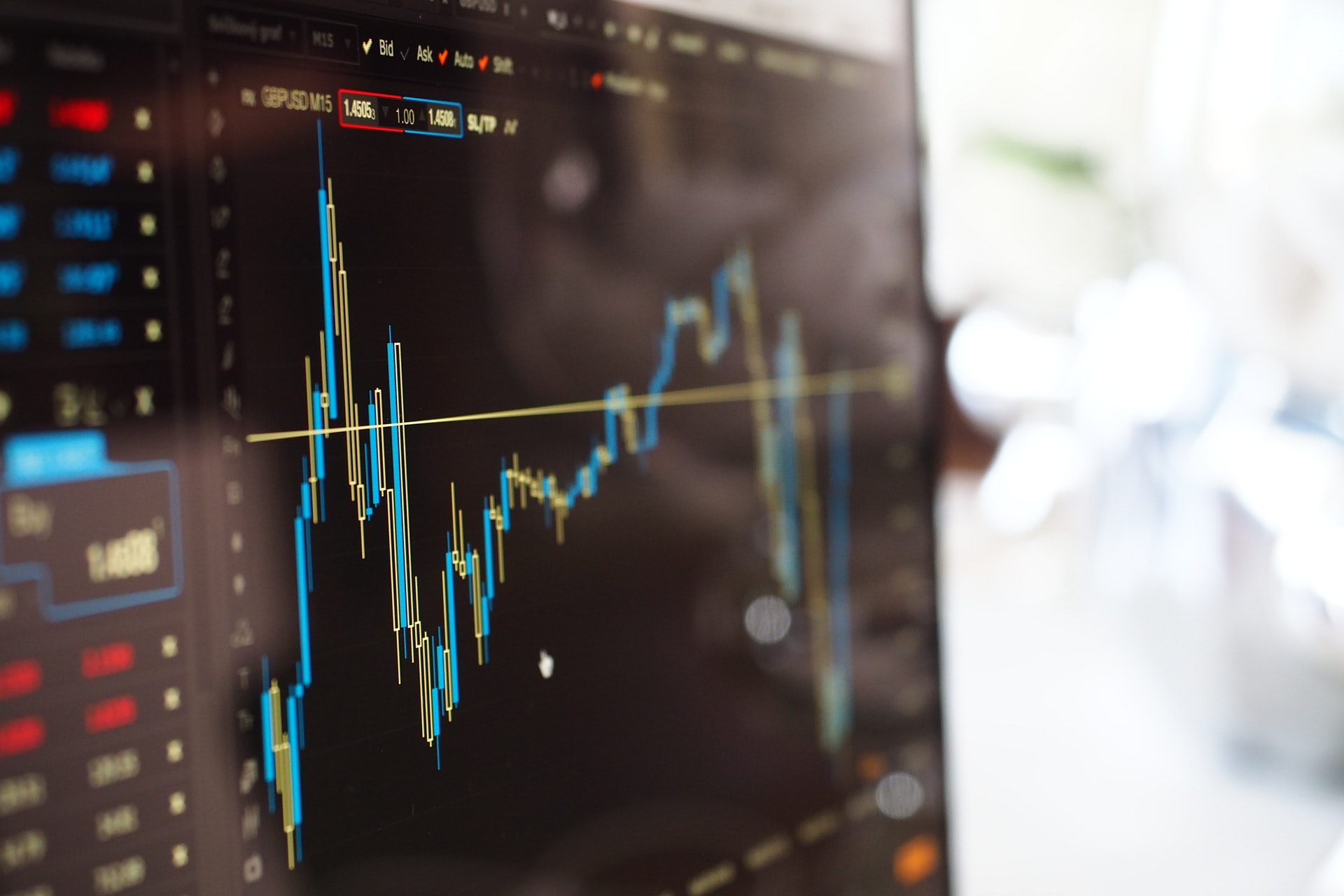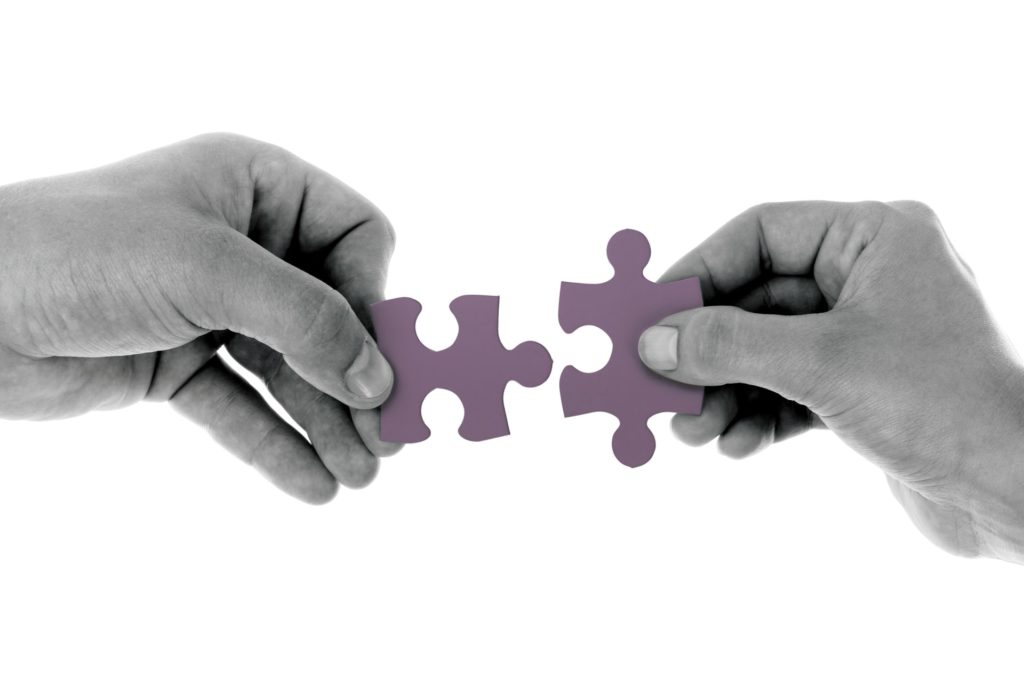One of the favorite questions of Supply Chain interviewers for the ‘often-nervous’ interviewees is “How do you choose a forecasting method for an FMCG company or a Cement company?” Most interviewees babble about errors (calculated statistically assuming a stable universe!) and dashboards. » show more To be honest, this is a question that has befuddled most of the CXOs of this age and the ancient (tribal heads, emperors, high priests, etc). No machine or a crystal ball, for that matter, can accurately predict what future will bring in terms of rains, prosperity or war and finally how much soap with 44% saturated fat, mixed with rose essence will sell in Jhumaritalaiyya in October 2016! Coming to statistical forecasting; those provide good guidance to the future, while accounting for trends, influencing factors like an advertisement, GDP growth, monsoon performance, etc. Supply Chain heads and CIOs must understand that choosing a statistical forecast method is not a ‘once-a-lifetime’ activity. Data must be analyzed for two main aspects; viz overstocking and shortage. Any statistical forecast will cause either of the two results above. One needs to make a decision on which of the two results is acceptable for a specific product line/ group and how much. The choice of the forecasting technique then becomes easier. Revisiting the data every 3 months to determine the extent of oversupply or shortage, and fine-tuning the forecasting method to correct the imbalance is required to keep the supply chain on its toes, figuratively. This approach will help the Supply Chain heads to bid good-bye to crystal gazing. » show less




